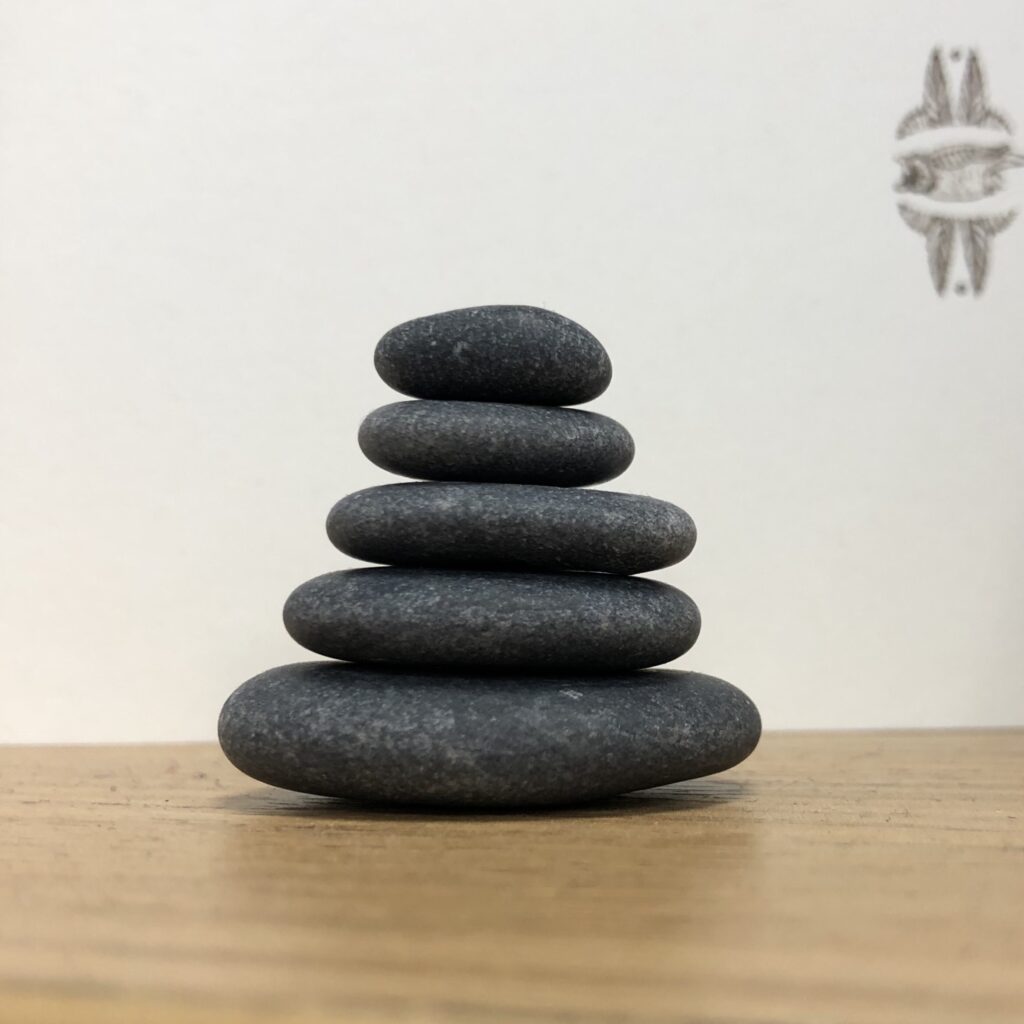At last week’s Open Education Conference (OER22), I shared an update on my GO-GN Fellowship project Just Knowledge. ‘Just Knowledge’ is a community-focused open knowledge research project guided by three core ideals: justice, equity and openness. Four community initiatives in the west of Ireland are participating in the project.
I invited feedback following a lightning presentation introducing the project, noting that one of the community partners, the Galway Traveller Movement (GTM), was particularly interested in learning about other Indigenous mapping projects.
The open education and GO-GN communities were as wonderfully generous as ever, offering feedback via multiple channels. I have collated all of the links and suggestions here, together with my deep thanks to all for your help. I will continue to provide updates on this project via my blog and the GO-GN website using the #JustKnowledge hashtag.
Indigenous knowledge and Indigenous maps: shared resources
Michael Paskevicius shared a link to an upcoming webinar (24th May) hosted by BCcampus and open to all:
- Indigenous Open Educational Resources: Respectfully Uplifting Community Voices will explore openness in relation to Indigenous knowledge. As BCcampus describes the event: “Open education is grounded in Western understandings of ownership, protocol, and accessibility… This session will explore some of the concerns around open educational resources (OER) and Indigenous knowledges while using Indigenous worldviews to better understand how Indigenous knowledges can be respectfully incorporated into OER.”
Sarah Lambert shared a number of relevant resources from Australia:
- Virtual Songlines uses place-based digital and Virtual Reality projects to respectfully represent Indigenous heritage, with reconciliation aims.
- Specifically related to Indigenous mapping, Indigital was founded by Cabrogal Woman, Mikaela Jade from the Dharug-speaking Nations of Sydney in 2014. Sarah explains: “Indigital is currently doing a range of ed-tech work including schools, but I first heard about their augmented reality apps which allow Indigenous communities to map some of their traditional lands’ features and overlay them with augmented reality versions of how they would have functioned, or do function still today. It allows their communities to engage in a layer of digital tourism, or as digital guides to in-person tourism, and to earn income from the apps.”
- As a general comment, Sarah added: “The ‘open is great for everybody’ narrative is not a good fit for Indigenous knowledge sovereignty. I’ve been learning a lot from and with Johanna Funk on ‘two-ways’ learning (an Australian Indigenous education model) and getting more understanding about the kinds of community leadership roles you need to have in an Indigenous community before you have the authority to share knowledge. And conversely, the kind of role you need to have to receive some of that knowledge.”
Johanna Funk shared several resources from Australia, including some of her own work:
- Map of Indigenous Australia: “This map attempts to represent the language, social or nation groups of Aboriginal Australia.”
- Johanna added: “Gotha and I also worked on Bowerbird (a couple of publications mentioned this work), an openly licensed biodiversity platform that’s since been archived / added to iNaturalist”
- Mukurtu is a “free, mobile, open source platform built with Indigenous communities to manage and share digital cultural heritage”. Johanna noted that “they gave me a tour and are super open about how they developed their interface.”
Jenni Hayman shared two resources from North America:
- The Great Niagara Escarpment: an Indigenous cultural map
- Indigenous Peoples Atlas of Canada: reference maps of Indigenous Canada with a section devoted to Truth and Reconciliation and a glossary of Indigenous terms
Stacy Katz shared two additional resources from North America:
- Inawe Mazina’igan Map Project: “a map of naming based in place, politics, misunderstanding and righted relations. Inawe Mazina’igan or the Map of Our Sound. It serves as a starting point for acknowledging old ideas and identities and it stands as a snapshot of the ever changing web in which we live.”
- Anishinaabewakiing – Anishinaabe Territory: “a representation of all Anishinaabe Nations and their position in relation to the Great Lakes Watershed in the year 2021.”
Teresa MacKinnon shared two global resources:
- Geo for All is a global geolocation education initiative based on the belief that “knowledge is a public good and open principles in education will provide great opportunities for everyone.”
- Teresa noted that Suchith Anand gave a detailed explanation of the ‘Geo for All’ project in this ALT webinar in 2016.
MC also shared this resource from Malta:
- The AMASS project, where the potential of art is being explored for social change… the actions are seeking to bring about social justice through the arts, e.g. migrant stories through artwork, inclusion activism through performance.
If you know of any other related resources, you are welcome to add a comment below or contact me via Twitter @catherinecronin. Many thanks!
Image: CC BY-SA stones by catherinecronin (Flicker)
